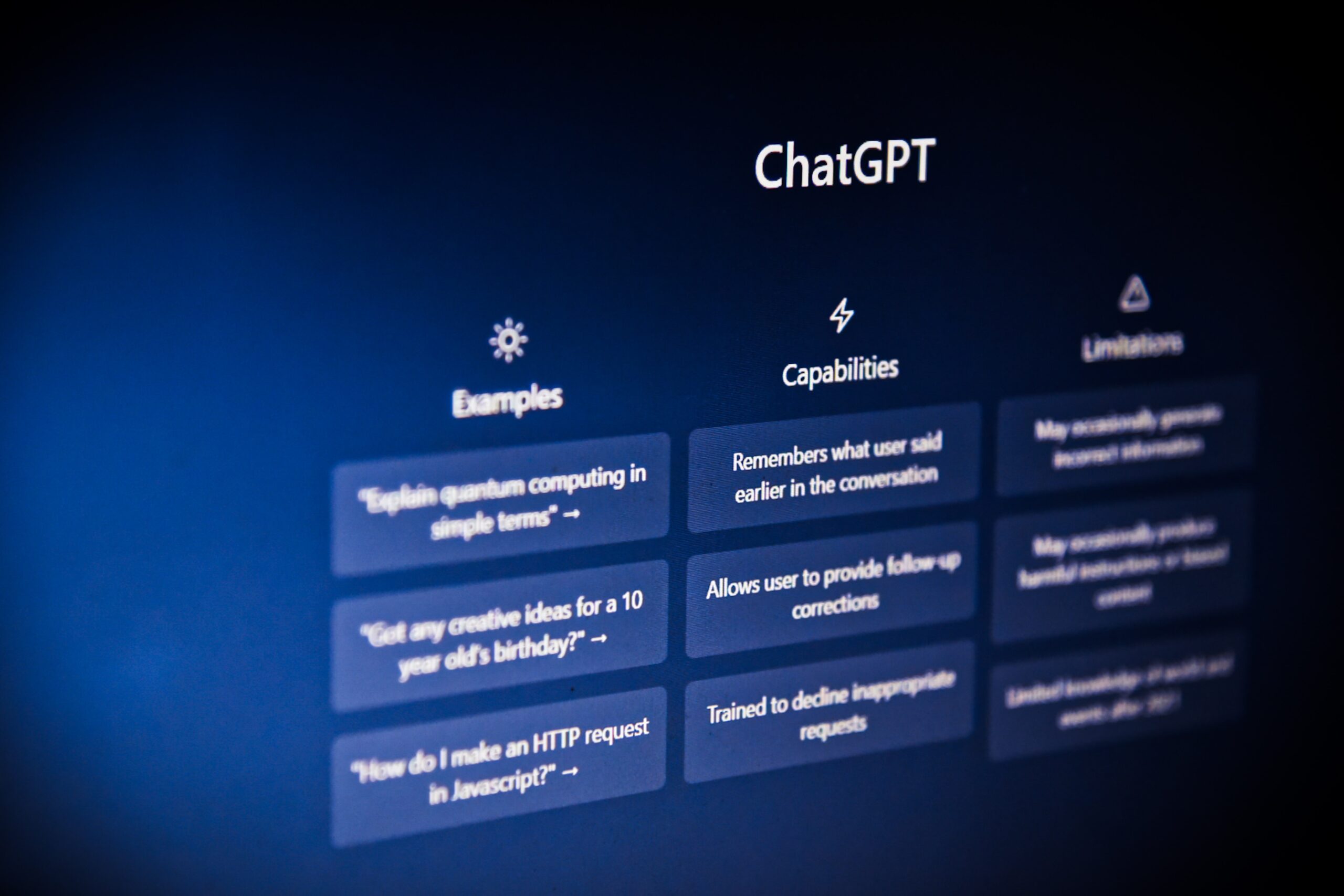Introduction
Student protests in higher education have been a pivotal element of societal change, shaping policies and sparking discussions on campuses around the globe. These movements date back to the early 20th century. They started as small gatherings and eventually evolved into significant protests, reflecting the power and impact of collective student voices. College campuses have traditionally served as the epicenter for these protests, providing a unique platform for young, passionate individuals to express dissent, challenge the status quo, and advocate for change. This setting is not coincidental but symbolic, representing a microcosm of wider societal issues within an environment devoted to learning and free exchanging ideas. This blog post will explore the key reasons behind student protests in higher education, including demands for academic freedom, civil rights, and campus reforms, and it will highlight how these movements’ enduring significance shapes democratic societies.
Historical Context
The tradition of student activism and protests in higher education is rooted deeply in the history of various societal and political movements worldwide. Historically, these protests have served as catalysts for change, challenging societal norms and pushing for progress in civil rights, war resistance, and educational reform. In the 1960s, the United States witnessed a surge in campus activism, with students playing a central role in the civil rights movement and protests against the Vietnam War. Moreover, in 2024, college campuses saw a protest over the Israel-Palestine conflict, marking the beginning of a new wave of student activism.
Proximity to the Academic Community
College campuses are often seen as microcosms of broader society, embodying a concentrated population of young, educated individuals who are politically and socially aware. This microcosm fosters an environment of critical thinking and debate culture, making colleges the ideal ground for political and social activism. Students are at a pivotal moment in their lives where exposure to new ideas, philosophies, and the diverse perspectives of their peers broadens their understanding of the world. This exposure and the academic community’s support create a fertile ground for activism. Protests and movements within these campuses are not just reflections of external societal issues but also a means through which students engage with these challenges, seeking solutions and pushing for progress.
Engaging with the academic community through protests and activism fosters a culture of student involvement and promotes a sense of responsibility towards societal issues. Within the confines of a campus, protests serve as a direct channel for students to express their discontent with current policies or societal norms, directly engaging with university administration and, by extension, the larger society. This engagement is critical in fostering a community where voices are heard and can effect change. Through these movements, students learn the importance of collective action and the power of their voices, cultivating a generation of informed citizens ready to participate actively in their democracies. College protests, therefore, are not just about challenging the present; they are about shaping the future and instilling a long-lasting legacy of activism and civic engagement within the academic community.
Amplification of Voices
The strategic positioning of college campuses often gives student protests a significant advantage in attracting media attention, serving as powerful platforms for amplifying their calls for change. This visibility is crucial, as it extends the reach of their message beyond the university grounds, drawing national, if not global, attention to their cause. Educational settings are inherently tied to the future and progress of society and evoke a compelling narrative for journalists and media outlets. The presence of young, educated voices challenging the status quo or advocating for change strikes a chord with the public and can lead to widespread coverage. The media’s interest in such protests elevates the profile of the issues being addressed and puts additional pressure on institutional and governmental authorities to respond. Through strategic, peaceful demonstrations, vigils, and well-articulated demands, students can harness the power of both traditional and digital media to ensure their voices are heard far and wide.
Historically, several protests originating from college campuses have successfully leveraged media attention to amplify their cause and effect change. For instance, the sit-ins and teach-ins of the 1960s civil rights and anti-Vietnam War movements in the United States drew considerable media coverage, which was instrumental in spreading their message to a broader audience and garnering public support. Similarly, the 2015 University of Missouri protests against racial discrimination on campus captured national headlines, leading to significant administrative changes, including the resignation of the university’s president. These examples underscore the media’s pivotal role in student activism, transforming local grievances into national discussions and sometimes prompting legislative or policy changes. By engaging with media platforms effectively, student activists can significantly enhance the impact of their protests, making their voices impossible to ignore at both the institutional and broader societal levels.
Access to Institutional Power
The proximity of students to university administration and decision-makers is a critical element that enhances the potential impact of student protests on institutional policies. College campuses provide a unique environment where the paths of students and administrators frequently intersect, enabling direct dialogue and the opportunity for students to present their grievances and demands to those in power. This accessibility is vital, allowing for more immediate and potent opportunities to influence change. In essence, universities’ spatial and social architecture facilitates a direct line of engagement between students and those who govern them. When students organize and voice their concerns en masse, they can leverage this proximity to push for discussions, negotiations, and, ultimately, policy revisions that reflect their advocacies. The effectiveness of student protests in bringing about change is partly attributed to this ease of access to the levers of power within educational institutions.
Over the years, numerous student-led movements have showcased the formidable role of protests in shaping university policies and governance. For instance, campaigns around divestment from fossil fuels, the implementation of more comprehensive sexual harassment policies, or the demand for greater racial equality on campus have all seen significant victories attributed to student activism. These movements leverage the moral authority of the student body and their direct stake in the institution’s policies to advocate for change. Additionally, the dynamism and innovation inherent in student activism often inspire novel approaches to policy reform, setting precedents that reach far beyond a single campus. This dynamic illustrates not only the power of student voices in shaping the policies that affect their lives directly but also the broader societal implications of their victories. Student protests, therefore, serve as a pivotal mechanism for policy innovation and change within educational institutions, highlighting the importance of inclusive governance and the acknowledgment of student voices in decision-making processes.
Challenges and Criticisms
Despite the potential of student protests to drive meaningful change, participants often face significant challenges, including backlash from both university administrations and segments of the public. Critics frequently label student-led actions as overly disruptive, questioning their effectiveness and undermining the legitimacy of the protesters’ demands. This criticism can lead to increased scrutiny and, in some instances, disciplinary actions against students by university officials seeking to maintain order and protect the institution’s reputation. Additionally, the portrayal of protests in the media can influence public opinion, sometimes casting activists in a negative light and framing their efforts as nuisances rather than legitimate calls for justice. Responding to these critiques requires a delicate balance, with students needing to articulate the importance of their cause and the necessity of their methods while striving to maintain the support of the broader community. These dynamics underscore the complex environment within which student protests operate as they seek to enact social and institutional change amidst a landscape of varied—and often opposing—perspectives.
Conclusion
In conclusion, college campuses have emerged as powerful platforms for student activism because they challenge the status quo and foster meaningful dialogue on pressing societal issues. The strategic use of media to amplify their message, the direct access to institutional power, and the dynamic nature of student-led movements highlight the significant impact these protests can have on university policies and, by extension, broader societal norms. Despite facing challenges and criticisms, student activists’ resilience and moral authority play a crucial role in shaping the future of higher education and instigating societal change. Student protests’ history and continued vigor underscore their indispensable role in advocating for a more just and equitable society, highlighting the profound influence of informed, passionate, and organized student voices in steering institutional and societal evolution.















